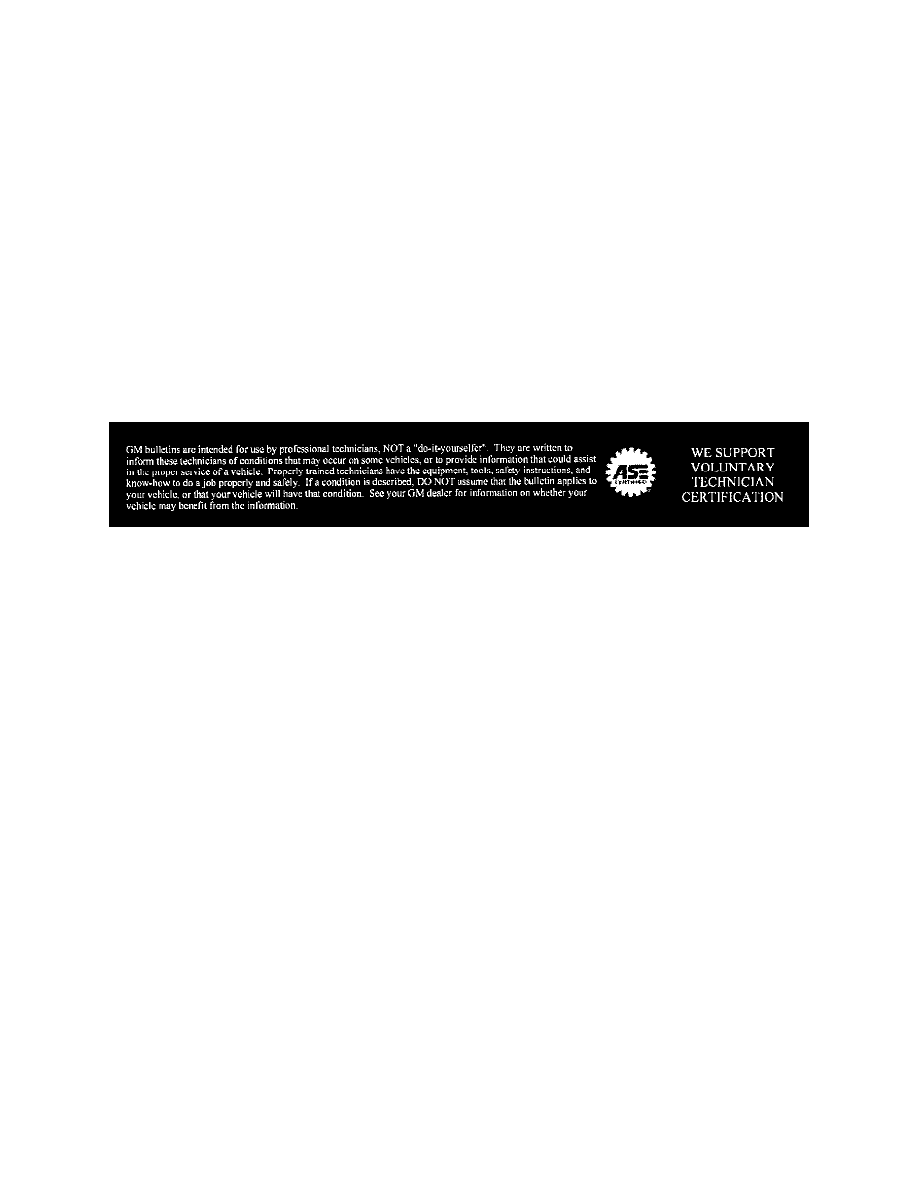K 2500 Truck 4WD V8-379 6.2L DSL VIN C FI (1989)

Avoiding Wiper Damage
The following are major contributors to wiper damage. Some of these you can control and others are environmental concerns.
-
Extremely dusty areas (such as driving on dirt roads) may cause the wipers rubber edge to wear quickly and unevenly.
-
Sand and salt used on roads for increasing winter traction and ice control will cause the wiper blades to wear quicker. Areas with significant
snowfall require more frequent blade replacements.
-
Heat and time may cause the rubber blades to take a "permanent set" resulting in the rubber not flexing and turning over uniformly. This condition
may result in streaking and/or unwiped areas.
-
Rubber blades are easily cut or torn when using ice scrapers. Likewise pulling blades up off a frozen windshield can tear the rubber. Exercise
caution when clearing ice and snow.
-
Using your wipers to "wear through" frost and ice, instead of allowing the defrosters to melt the ice, can dull, nick or tear the rubber blades.
-
Banging wipers on the glass to remove ice and snow may cause the blade to bend, dislodging the rubber and causing potential scratching of the
windshield.
-
Ice can form in the pin joints of the wipers, which can cause streaking and unwiped areas. To remove ice from pin joints, compress the blade and
rubber edge with your hand to loosen the frozen joints. Consider using Winter Blades that have a rubber cover to avoid this condition.
Note
GM does not recommend the use of any spray on/wipe on windshield treatments or washer fluid additives. The variation in friction that results on the
glass from the use of these products causes wipers to chatter and have premature wear.
Disclaimer
